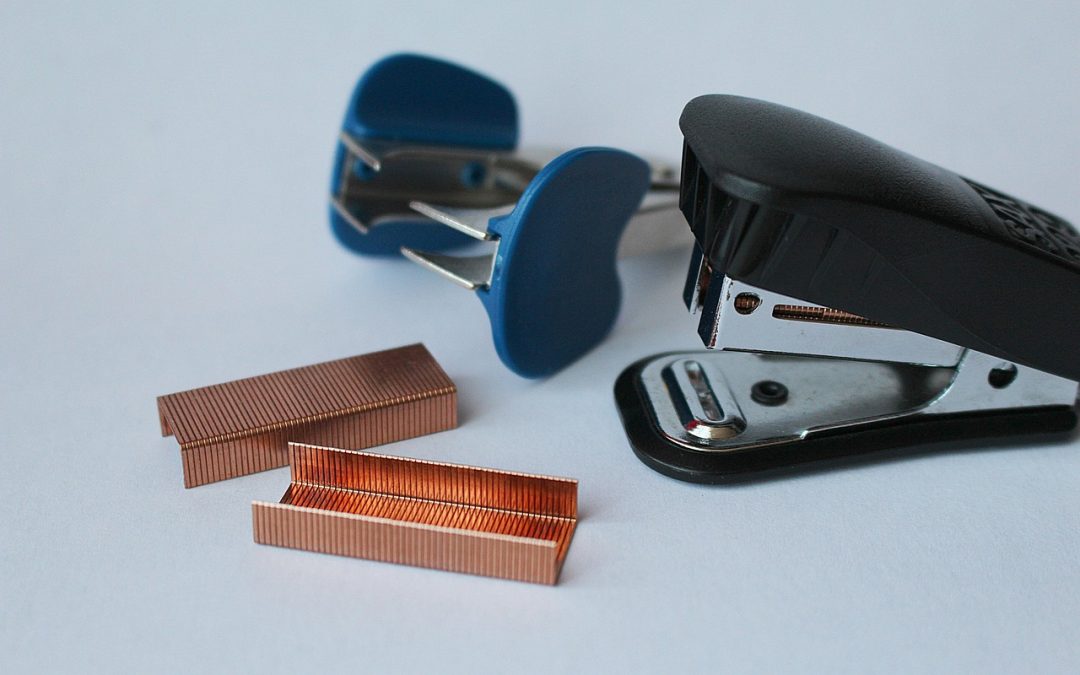If you’re new to the world of chapbooks, you might be wondering what format to use for your precious collection of poems or short stories. The good news is that chapbook formats are incredibly versatile, and there’s no one “right” way to do it. In fact, the DIY nature of chapbooks is part of their charm. In this post, we’ll explore some popular chapbook formats to try, along with some practical tips and resources to get you started.
Simple and Classic: The Stapled Chapbook
A stapled chapbook is a timeless choice for beginners and experienced creators alike. It’s easy to produce, and the result is a clean, professional-looking book that’s your work. Here’s what you’ll need:
- 8.5 x 11-inch paper (choose a weight between 24-32 lb for a nice balance of durability and foldability)
- A printer with decent print quality (inkjet or laser work well)
- A stapler ( manual or electric)
- A trimmer or scissors to trim the pages to size
- A long, narrow strip of paper (try 4 x 24 inches)
- A printer capable of printing on long paper (or print on regular paper and tape the strips together)
- A scoring tool or bone folder to create a crisp fold
- A decorative paper or cardstock for the cover
To assemble your chapbook, simply print your content on one side of the paper, fold the pages in half, and staple along the spine. You can add a simple cover made of cardstock or even a decorative paper. Voila! Your stapled chapbook is ready.
Getting Creative with Accordion-Style Chapbooks
Accordion-style chapbooks are a great way to add an extra layer of visual interest to your book. This format works particularly well for poetry or very short stories, as it allows the reader to unfold the pages and read the content in a unique, flowing way.
To create an accordion-style chapbook, you’ll need:
Print your content on the paper strip, score the folds, and assemble the accordion-style chapbook by attaching the cover and any other embellishments you like.
“The most important thing is to have a good story to tell, and to tell it in a way that’s authentic and true to who you are.” – Neil Gaiman
Digital Chapbook Formats: Exploring Your Options
Not everyone wants to create a physical chapbook, and that’s okay. Digital chapbooks offer a convenient way to share your work with a wider audience, and they can be just as beautiful and engaging as their print counterparts.
If you’re interested in creating a digital chapbook, consider using a tool like Canva or Vellum to design and layout your book. These tools offer a range of templates and design options to help you create a professional-looking eBook.
For a more DIY approach, you can use a Word document or Google Doc to create your chapbook, and then save it as a PDF to share with others. This method requires a bit more formatting and design know-how, but it’s a great way to keep costs low and still produce a high-quality digital chapbook.
If you’re new to chapbook creation, I encourage you to check out our post on The DIY Chapbook Revolution, which covers the basics of chapbook creation and the benefits of joining the chapbook community.
In conclusion, chapbook formats are limited only by your imagination and creativity. Whether you prefer a simple stapled chapbook or something more elaborate, there’s a format out there waiting for you to try. So why not give it a shot? You never know what amazing things might happen when you share your work with the world.

